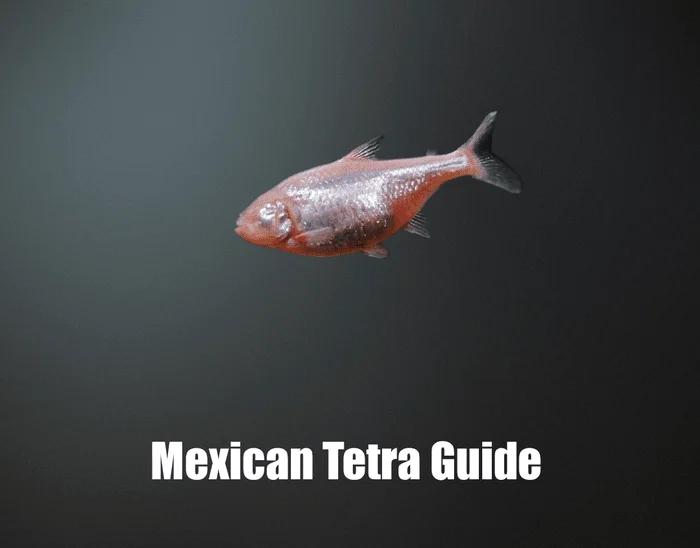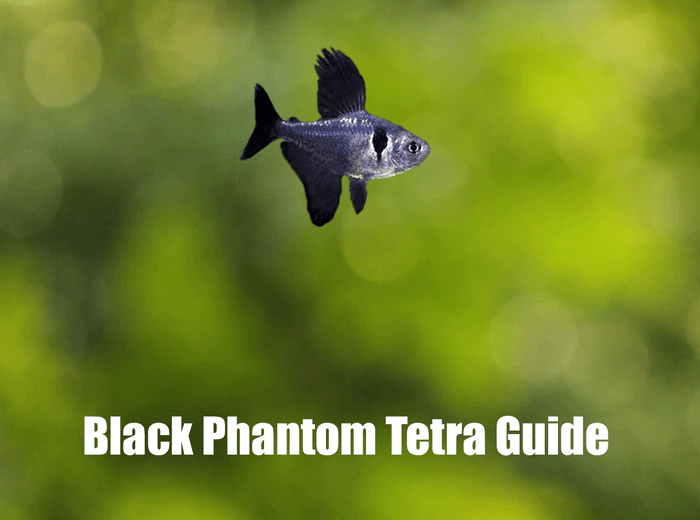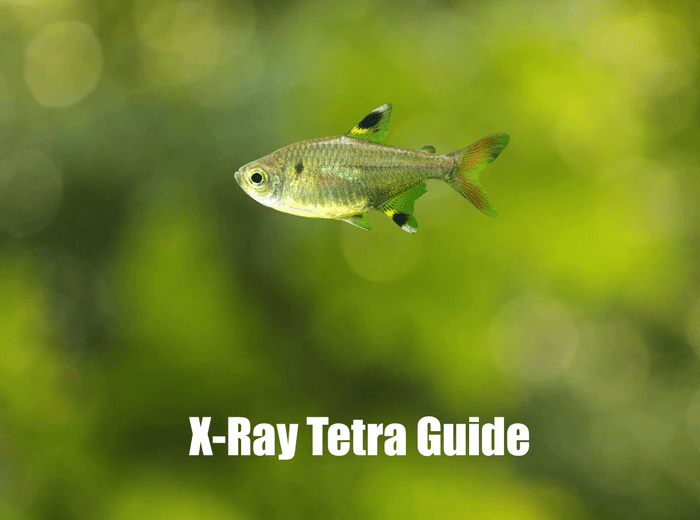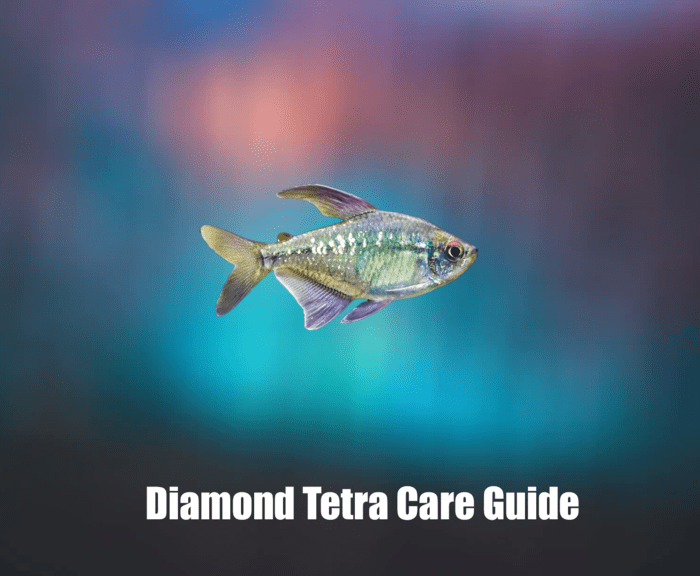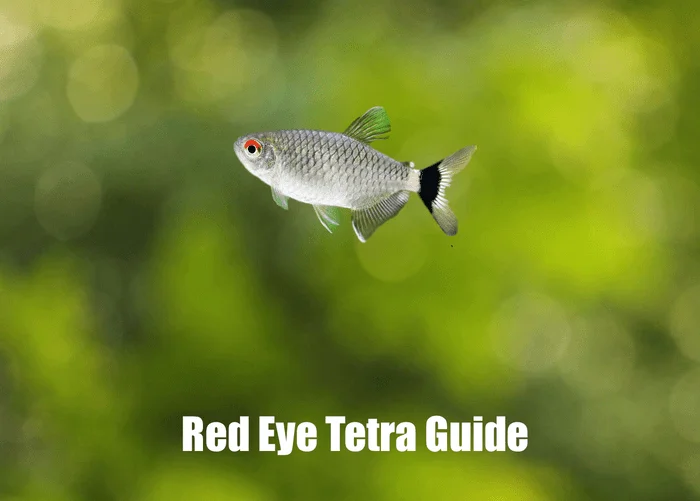Complete Care Guide for Head And Tail Light Tetra: Creating a Bright Aquarium
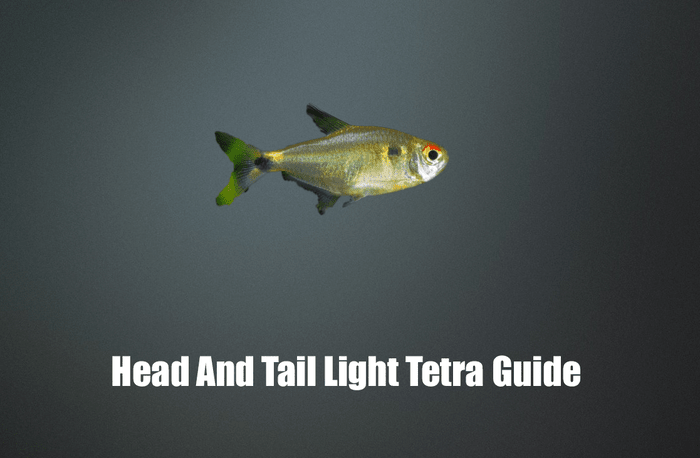
Introduction
Considering the Head and Tail Light Tetra, also known as the Beacon Fish, for your aquarium or aiming to improve their care? This comprehensive guide is designed for aquarists at every expertise level. The Head and Tail Light Tetra, scientifically recognized as Hemigrammus ocellifer, is admired for its distinctive glowing marks and graceful swimming style, making it a captivating choice for freshwater environments. This manual will provide you with all the necessary information to help your Head and Tail Light Tetra thrive
Understanding Head and Tail Light Tetra
Origin and Characteristics
The Head and Tail Light Tetra, originating from the vast river systems of South America, especially throughout the Amazon basin, stands out as a fascinating species in the aquarium hobby. These small-sized fish, typically reaching up to 2 inches in length, are celebrated for their unique bioluminescent appearance, featuring a distinctive light-emitting spot near their head and tail regions, which illuminates them beautifully in any aquarium setting. Their bodies exhibit a subtle yet captivating iridescence, with a combination of soft amber hues and reflective scales that catch the light, creating an enchanting effect.
The males of this species become even more striking during the breeding season, with enhanced colors and more vivid light spots. What adds to their allure for aquarists is their peaceful demeanor and their ability to acclimate to various tank environments with ease. They are active swimmers, preferring to move in schools in the mid to upper levels of the water, engaging in playful interactions that bring a dynamic and vibrant energy to the aquarium.
Behavior and Tank Mates
Head and Tail Light Tetra are serene, gregarious fish that thrive in groups of six or more. They are perfectly suited for community aquariums alongside other tranquil, similarly proportioned fish. Known for their elegant swimming behavior and docile temperament, they are highly regarded by aquarium enthusiasts. Some common and appropriate companions for Head and Tail Light Tetra include:
- Other Peaceful Tetras: Such as Neon or Rummy Nose Tetra.
- Dwarf Cichlids: Like Apistogrammas, which are also peaceful.
- Peaceful Barbs: Like Cherry Barbs.
- Dwarf Corydora: Peaceful bottom dwellers.
- Small Rasboras: Harmonize well in a community tank.
- It’s important to choose tank mates that are peaceful and won’t outcompete the Head and Tail Light Tetra for food
Remember, while choosing tank mates, consider factors like water parameters, size, temperament, and dietary needs to ensure a harmonious aquarium. Also, always introduce new fish gradually and monitor their interactions to ensure a peaceful environment. 🐠
Setting Up the Perfect Tank
Tank Size and Conditions
A 20-gallon tank or larger is recommended for a school of Head and Tail Light Tetra but they will benefit from some more swimming room. These Tetra thrive in specific water conditions that mimic their natural habitat. Additionally, maintaining ideal water parameters is the key to ensuring their health and well-being in a home aquarium. Here’s a breakdown of their ideal water conditions:

- Temperature: 72°F to 80°F (22°C to 27°C). This tropical temperature range helps in promoting their natural behavior and vibrant coloration.
- pH Level: 5.5 and 7.5, slightly acidic to neutral water conditions.
- Water Hardness: 4-12 dGH, indicating they prefer soft to moderately hard water
- Water Quality: Like most fish, Head and Tail Light Tetra require clean and well-oxygenated water. Regular water changes (about 25% per week) are recommended to maintain good water quality. It’s crucial to remove any chlorine or chloramine from tap water before adding it to the tank.
- Nitrate Levels: Keeping nitrate levels low is important, as high levels can be harmful. Aim to keep nitrates below 20 ppm.
- Ammonia and Nitrite Levels: Both ammonia and nitrite should always be at 0 ppm. Even small amounts of these can be toxic to fish.
It’s important to use a reliable aquarium test kit to regularly monitor these water parameters. Sudden changes in water conditions can stress or harm your fish, so any adjustments should be made gradually. Maintaining stable water conditions is key to the health and longevity of your Head and Tail Light Tetra. 🌊
Lighting and Decor
- Moderate Lighting: Mimic their natural, slightly shaded habitat with moderate lighting.
- Day/Night Cycle: Maintain a regular cycle, typically around 10-12 hours of light per day.
- Plants: Dense vegetation, including tall and floating plants, to provide hiding spaces and a natural environment.
- Substrate: A dark-colored substrate can enhance the natural colors of the fish.
- Hiding Places: Include driftwood, rocks, and caves for shelter.
- Open Swimming Space: Ensure ample free-swimming space to accommodate their active swimming behavior.
Diet and Nutrition
Feeding Habits
Head and Tail Light Tetra are omnivorous. Therefore, a balanced diet including high-quality flake foods, frozen or live brine shrimp, daphnia, and occasional vegetable supplements will keep them healthy.
Feeding Schedule
Head and Tail Light Tetra should be fed a varied diet twice daily. It’s important to feed them in small amounts that they can consume within a few minutes to prevent overfeeding and maintain water quality. Adjust the quantity based on the number of fish and their size to ensure all individuals receive adequate nutrition.
Frequently Asked Questions
They are peaceful, schooling fish known for their active swimming and gregarious nature, thriving in groups.
They are also known as the Beacon Fish or Hemigrammus ocellifer.
Head and Tail Light Tetras typically grow up to 2 inches (5 cm) in length.
Health and Wellness
Breeding Tips
Breeding Head andTail Light Tetra can be a rewarding experience, but it requires a bit of preparation and understanding of their breeding behavior. Here are some tips to help you successfully breed Head and Tail Light Tetra:
- Breeding Tank: Set up a separate tank with soft, slightly acidic water (pH around 6.0-6.5) and a temperature of about 77°F (25°C). Dim lighting and fine-leaved plants or spawning mops are recommended.
- Identifying and Introducing Breeding Pairs: Choose healthy, mature fish (around 6-12 months old). The males are typically brighter and have slightly longer fins. Introduce them into the breeding tank, ideally one male to every two females.
- Condition the Breeders: Feed them high-quality live or frozen foods to encourage spawning.
- Spawning Process: Introduce a well-conditioned pair or small group. Spawning usually occurs in the morning.
- Post-Spawning Care: Remove the adults post-spawning to prevent egg predation. The eggs typically hatch in about 24-36hrs.
- Rearing Fry: Start with infusoria or liquid fry food, then graduate to baby brine shrimp as they grow.
Remember, patience is key when breeding fish. It might take a few attempts before you see success. Keep a close eye on the water parameters and the health of both the adult fish and the fry to ensure a successful breeding experience. Good luck!
Common Health Concerns
Head and Tail Light Tetras, despite their hardiness, are susceptible to typical tetra health issues such as ich (white spot disease) and fungal infections. These conditions can significantly impact Head and Tail Light Tetras, especially considering their distinctive luminous markings and lively behavior. To support their health, it’s crucial to maintain pristine tank conditions. This involves conducting regular water changes, ensuring stable water parameters (pH, temperature, and hardness), and providing a nutritious diet to enhance their immune response.
Additionally, their preference for soft to moderately hard water, mimicking their Amazonian natural environment, should be considered. Vigilant monitoring for any signs of distress or illness and immediate intervention is critical. Early identification and treatment are key to preventing these common health challenges from worsening. By maintaining a clean and consistent environment and catering to the specific requirements of Head and Tail Light Tetras, you can safeguard their vibrant presence and activity in your aquarium. Learning about effective aquarium management is essential for keeping your Head and Tail Light Tetras in optimal health.
Life Expectancy
With proper care, these tetras can live up to 3-5 years. Regular monitoring and maintenance of the tank environment are key to their longevity
Head and Tail Light Tetra Wrap Up
In conclusion, Head and Tail Light Tetra add a glow of bioluminescent-like marks and vibrant energy to any freshwater aquarium. By adhering to the advice provided in this detailed care guide, you can create a thriving habitat that meets the specific requirements of your Head and Tail Light Tetra. These fish, with their unique glowing spots and sociable schooling nature, not only enhance the visual allure of your aquarium but also contribute to an active aquatic environment. The foundation of a healthy and lively aquarium is the maintenance of a consistent and supportive setting. By offering your Head and Tail Light Tetra the correct water parameters, a varied diet, and attentive maintenance, you will ensure that these enchanting fish continue to prosper and bring life to your aquarium with their dynamic presence and beauty.
Share Your Tetra Experiences
Do you have any stories or tips about your Tetra tank? Share them in the comments below!
Help Others Discover This Guide
Navigate the Tetra in your tank with confidence. This guide is your pathway to creating a vibrant and healthy aquatic showcase. Enjoy the dazzling colors and lively nature of these unique fish!

